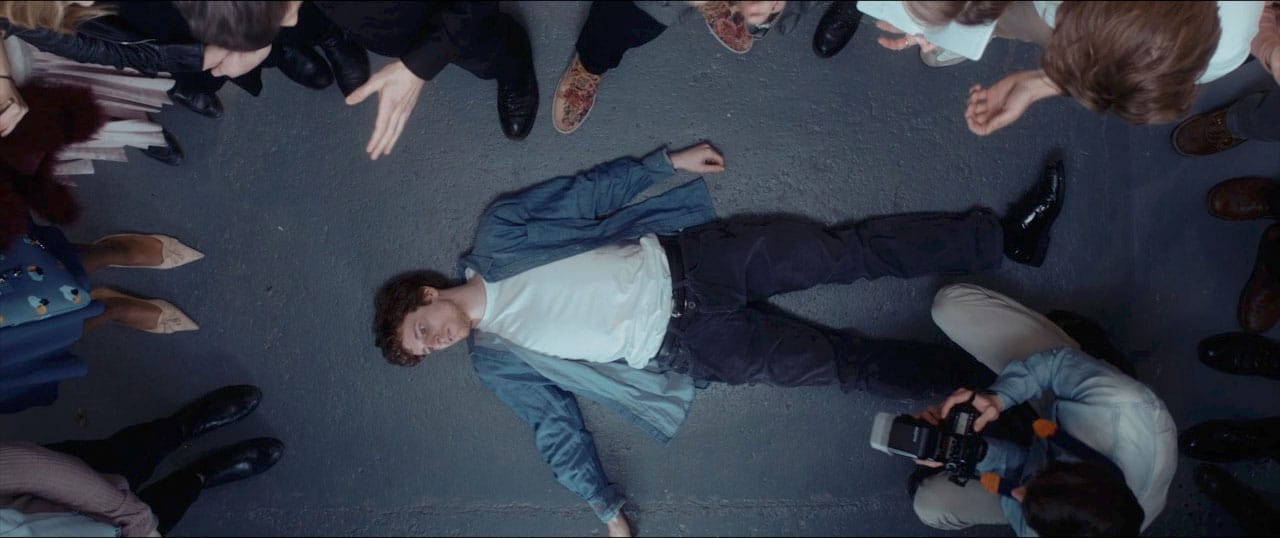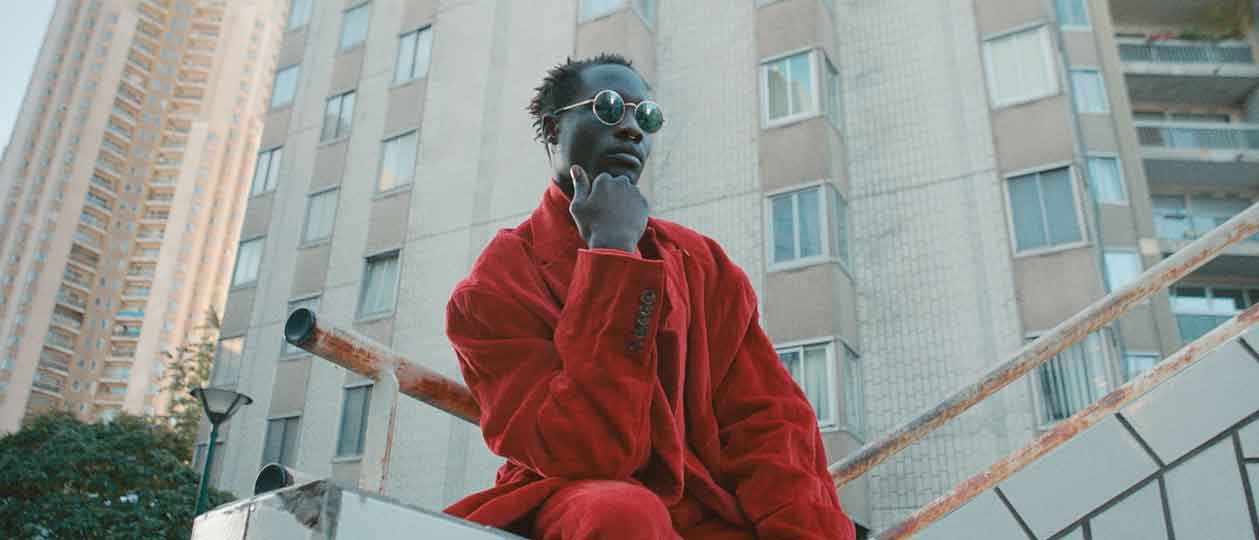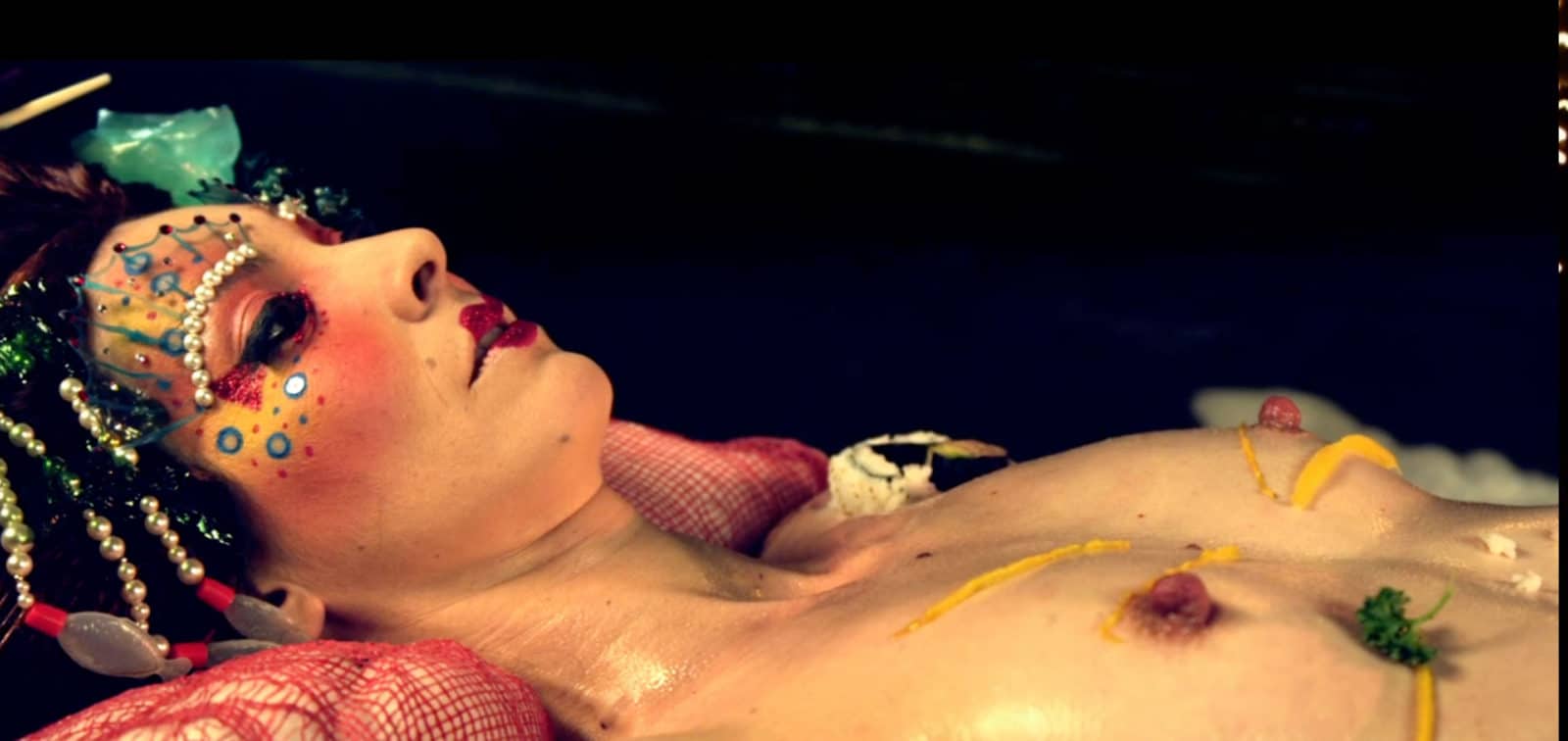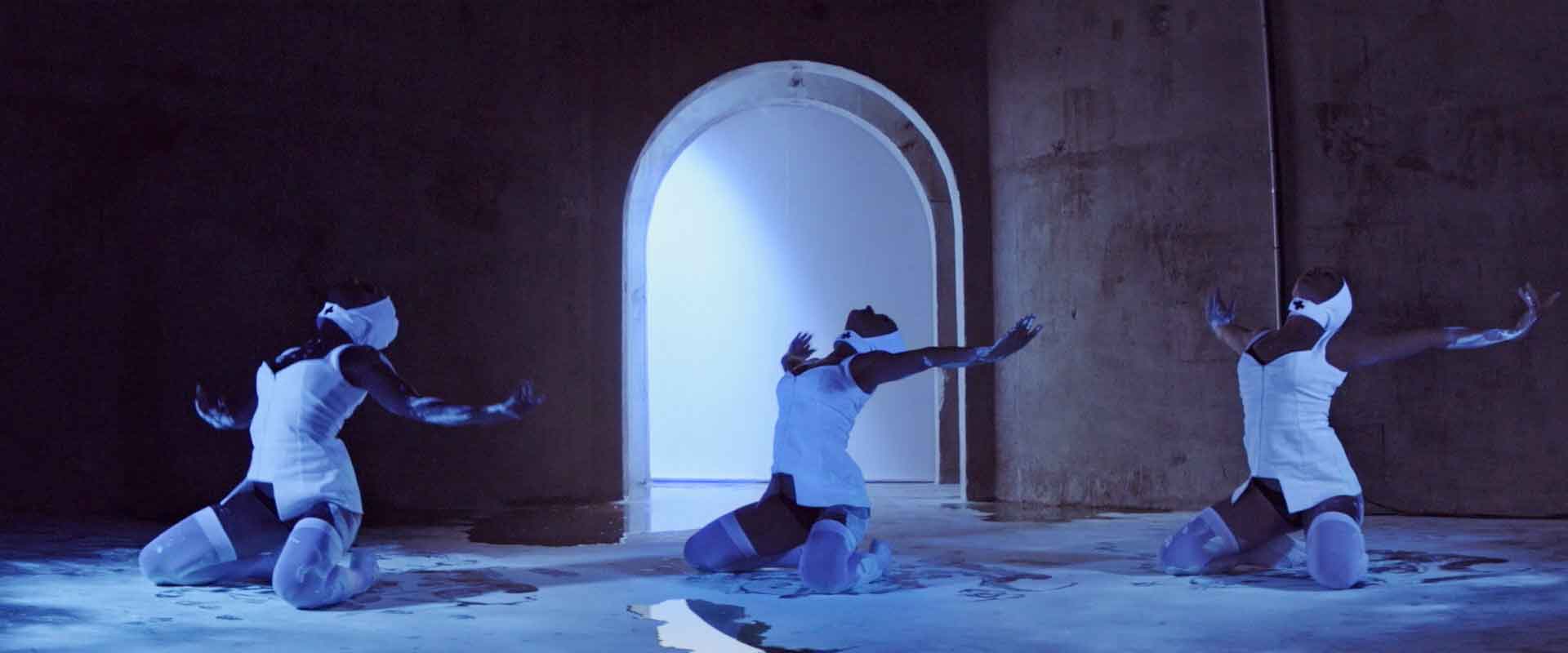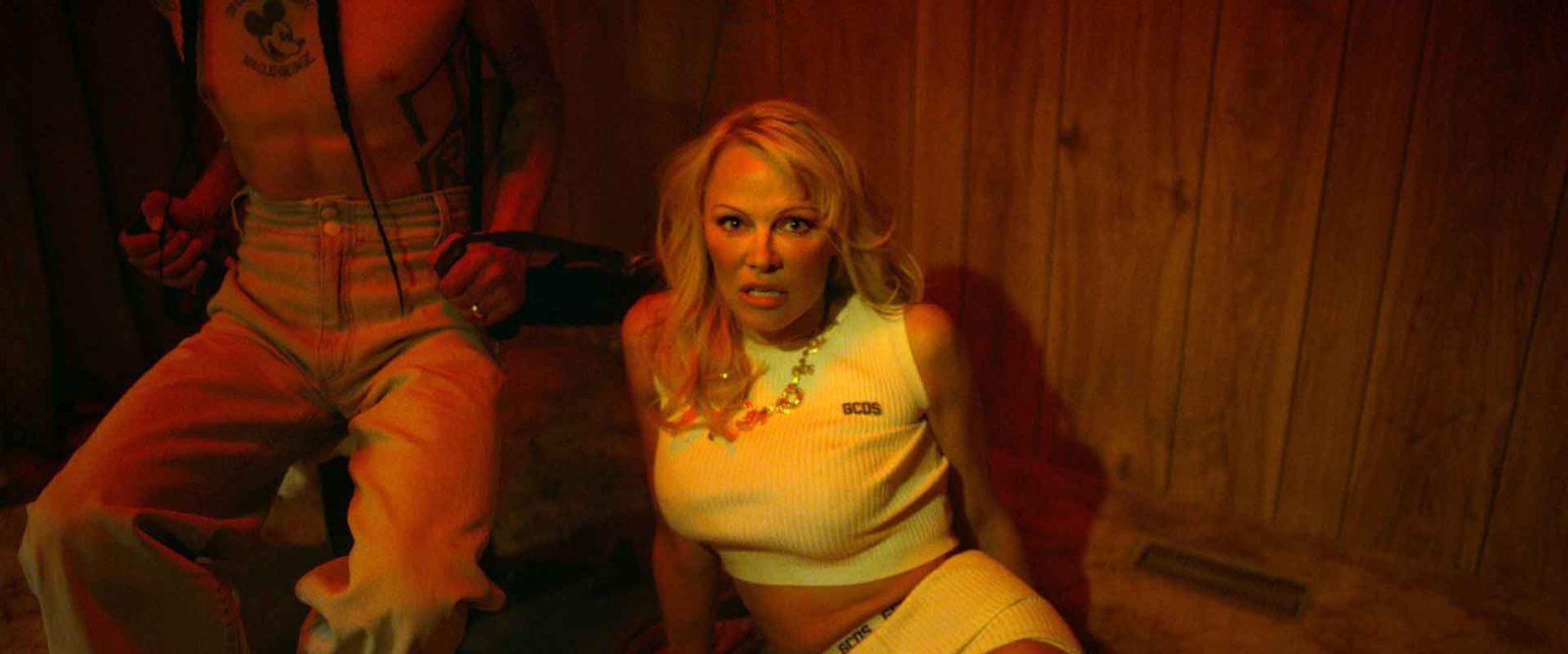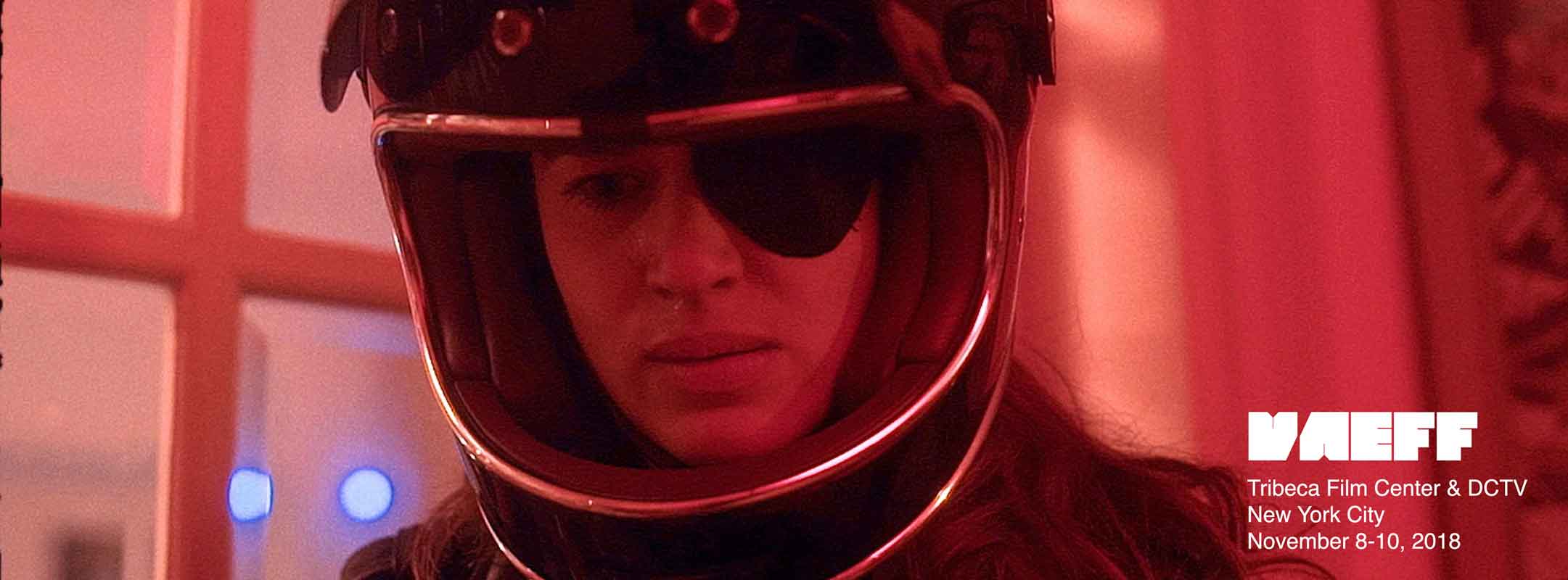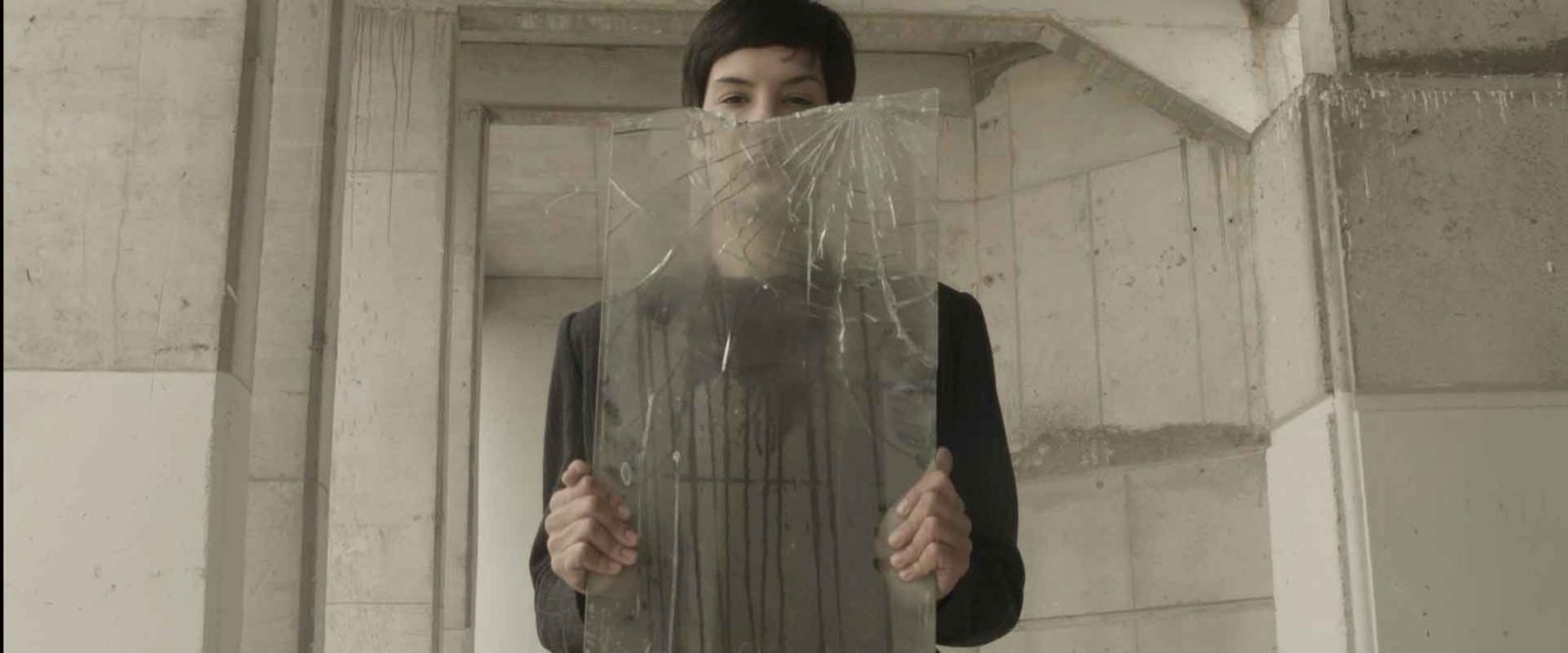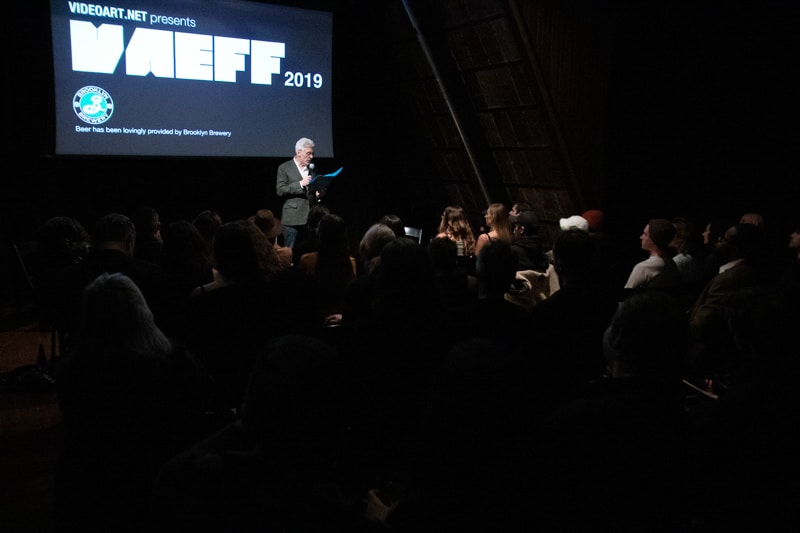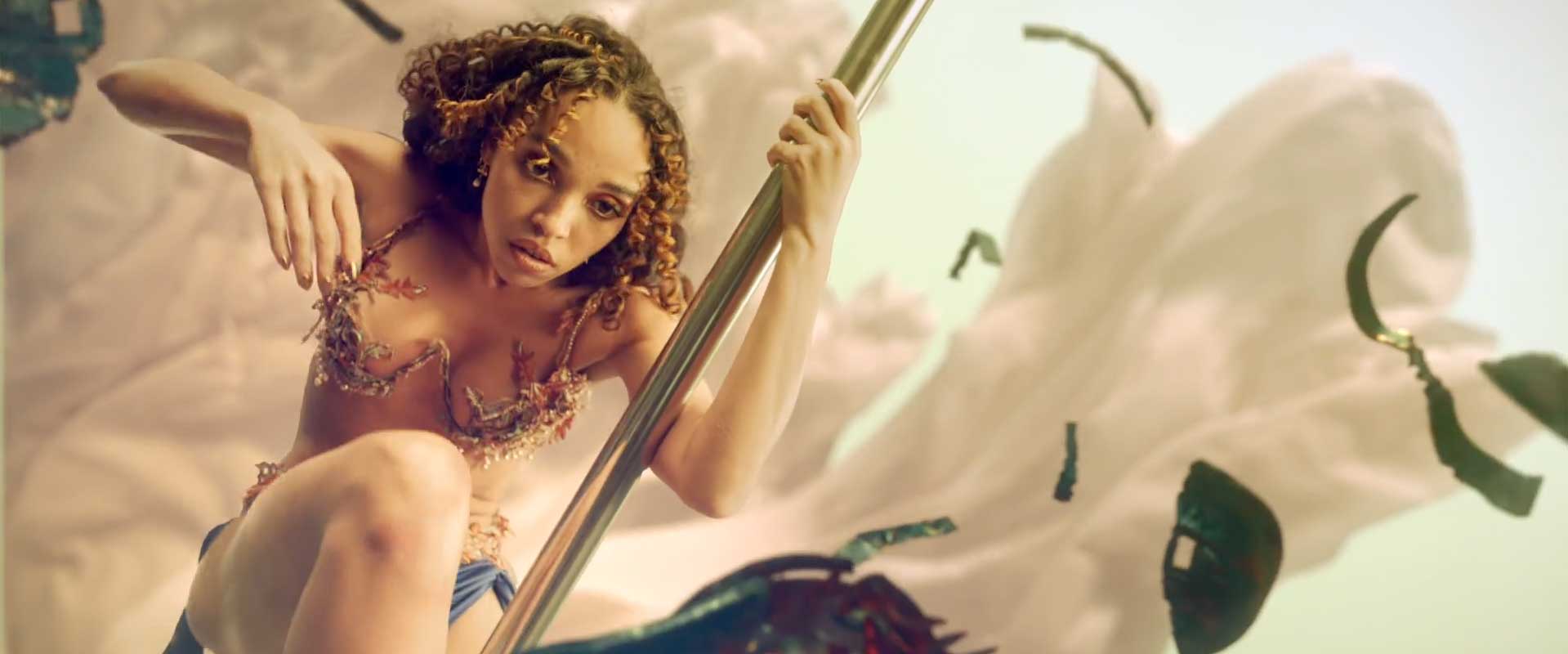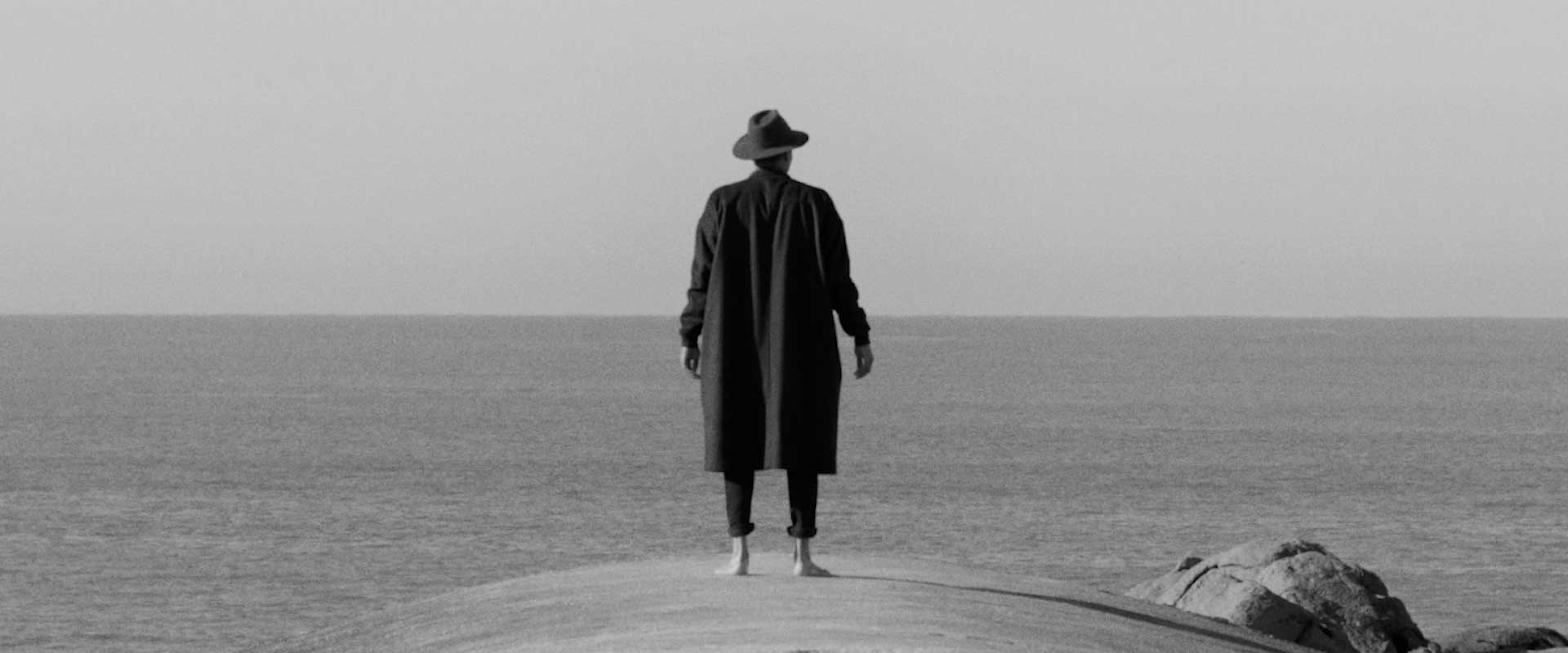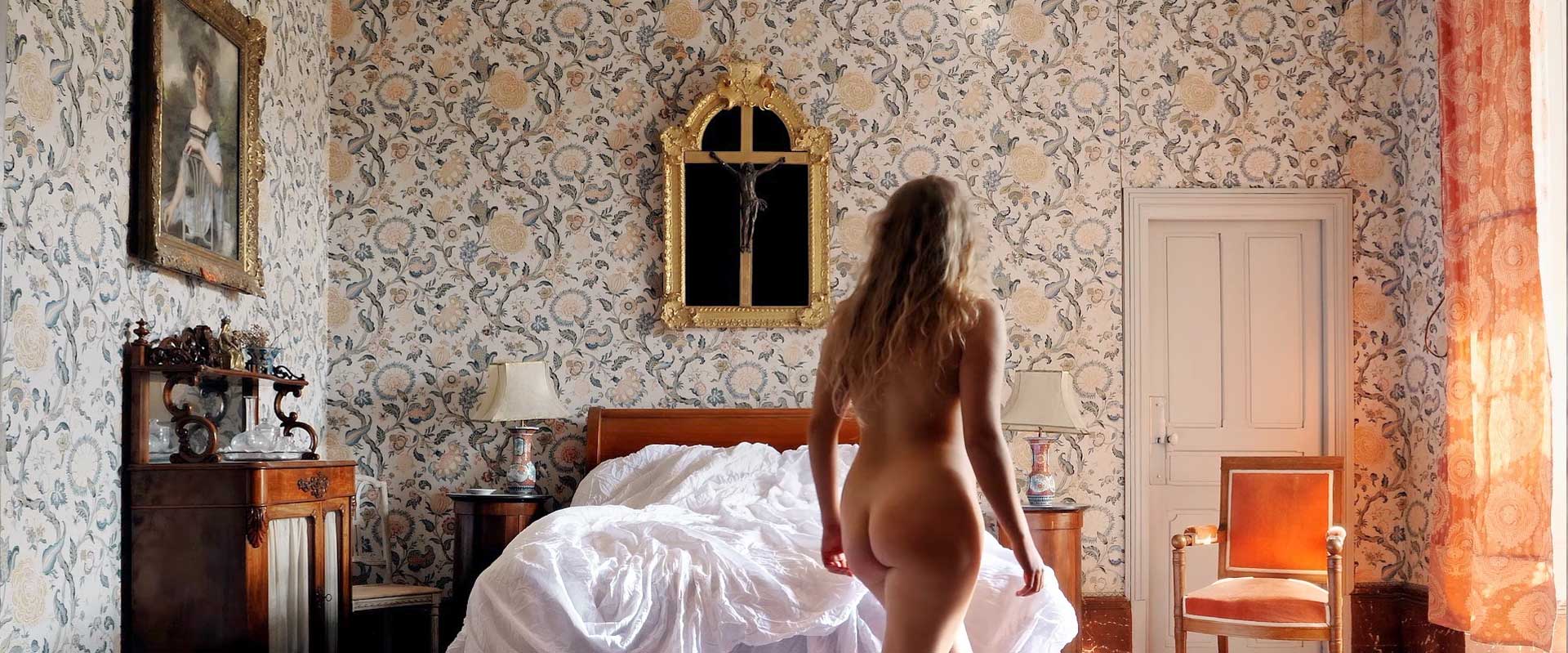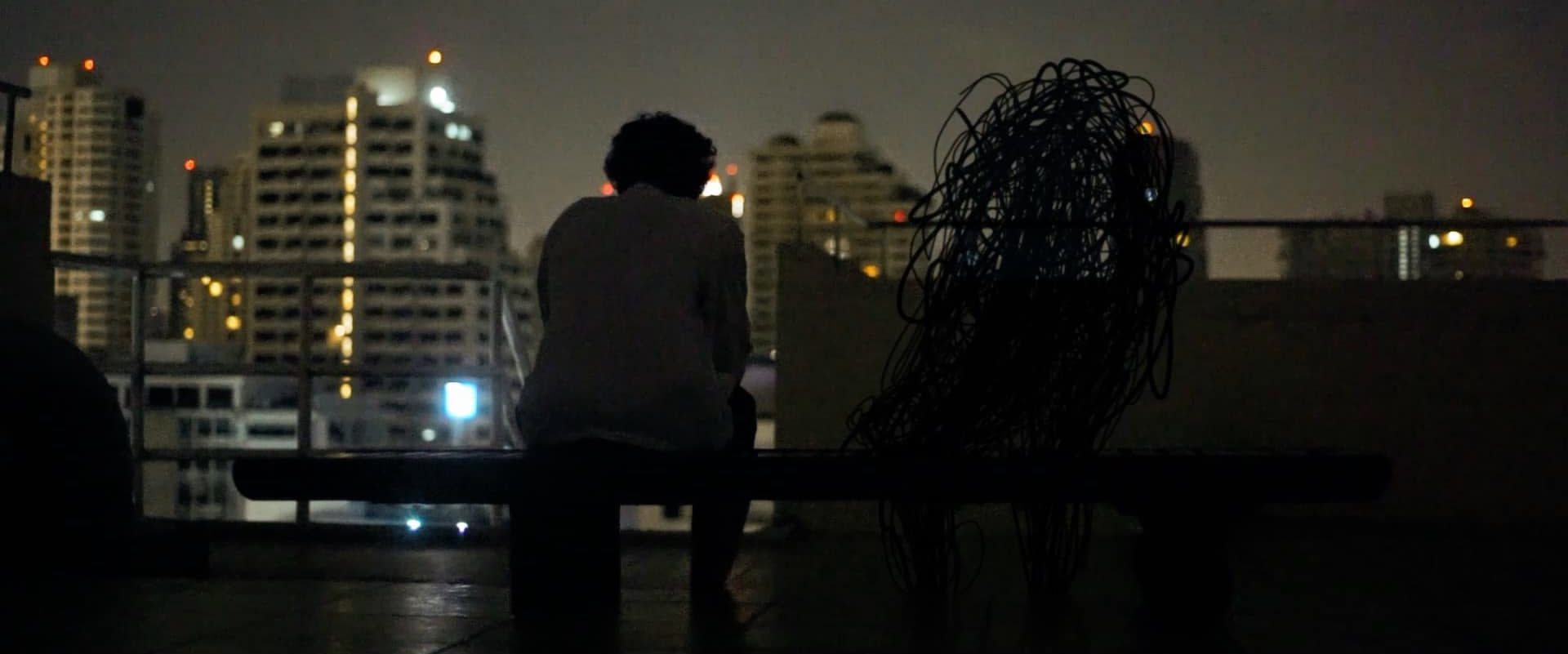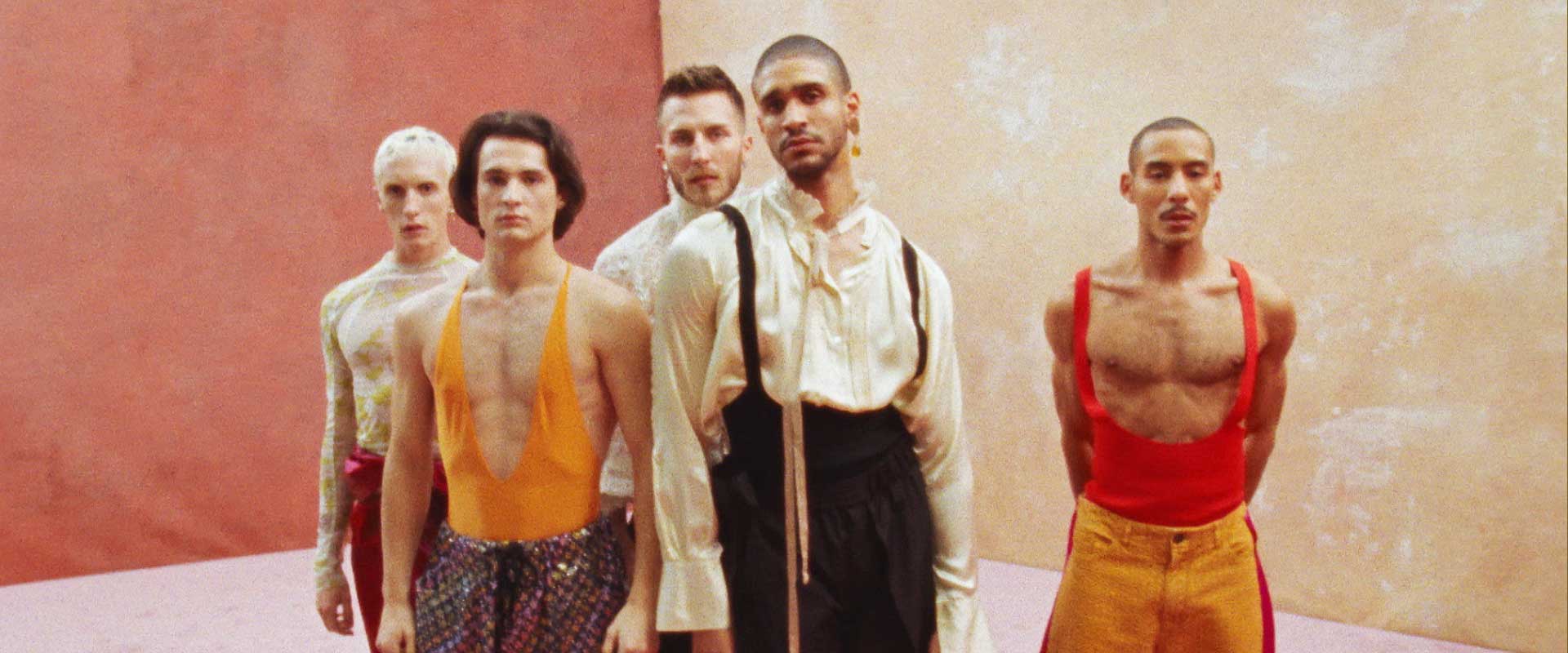VAEFF Article Draft
VAEFF History: A Decade of Cutting-Edge Video Art & Film
We’ve all heard of the Tribeca Film Festival, a period in time every year where blockbuster and indie movie producers, actors, and writers alike get together to recognize advancements in the industry. But, what about the video art and experimental Short film? what about this New Phenomenon of high concept and high production value of work that is dominating the social media and offline world in the last 10 years? What about a video art and film festival that is centered on the exciting, innovative, and provocative works of film and video from around the world that occur in any given annual time period?
That’s where the Video Art & Experimental Film Festival (VAEFF) comes into the picture: it’s a festival that embraces a boundary-pushing spectrum of work, including contemporary video art, animation, fashion films, music videos, and the list goes on. VAEFF Selections Channel.
brief history of how this groundbreaking festival came to be.
On a beautiful day on May 2010 at the first annual Video Art and Experimental Film Festival that has taken place at the old iconic Tribeca Cinemas, School of Visual Arts professor Ed Bowes said: “I think ten years from now when we look at moving images, we’ll be looking at them in a very different way than the way we look at them today.” Throughout the past decade that the VAEFF has been in operation, there has been a conscious effort to reflect the incremental changes that are taking place in contemporary video art and film.
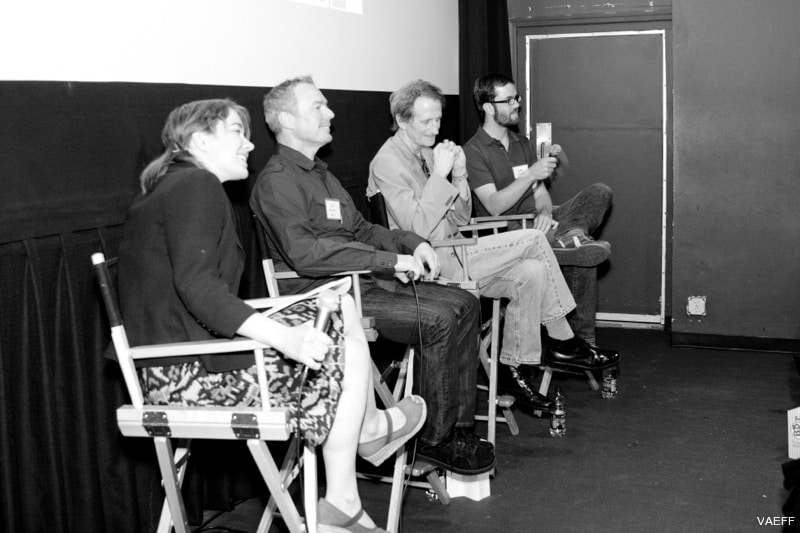
Prior to 2010, videoart.net was an online curation platform for video art and shorts. The festival was a natural spinoff to the online program. Ross Harley, an art professor from the University of New South Wales in Sydney, Australia, said: “What really struck my eye, what caught my attention with videoart.net was the way in which it was bringing together people and projects from around the world and focusing on a New York community.” It was not a coincidence VAEFF both founding sponsors and partners where Vimeo And the iconic Tribeca Cinemas in NYC. Blake Whitman, the former Director of Community and Product at Vimeo, explained, “Videoart.net is a very incredible community of experimental video artists, and we want to give back a little bit to this community.”
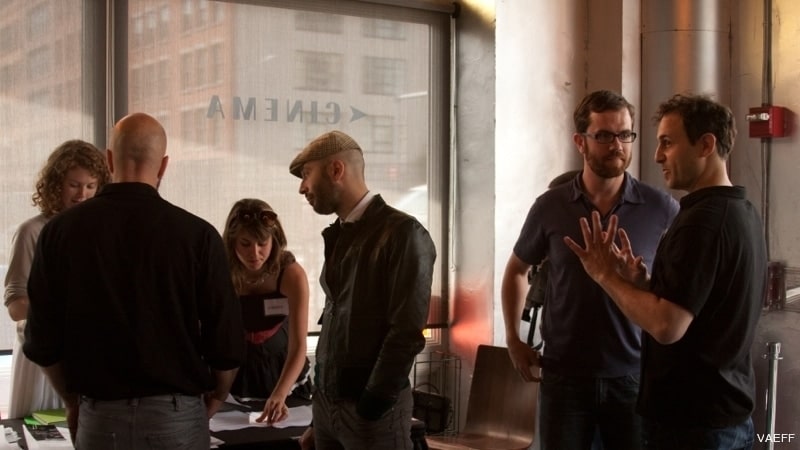
VAEFF 2011
The 2011 Video Art and Experimental Film Festival at New York City’s iconic Tribeca Cinemas on December 8th and 9th. The two-day festival introduce New York audiences to the most arresting, provocative, and engaging of contemporary works. Drawing from hundreds of submissions, the festival will feature a diverse array of work by groundbreaking video artists and experimental filmmakers from around the world, including the USA, China, Iran, France, Italy, Israel, and the UK. A panel discussion followed the screenings, as well as a gala reception with the artists and panelists at Tribeca Cinemas’ Varick Room.
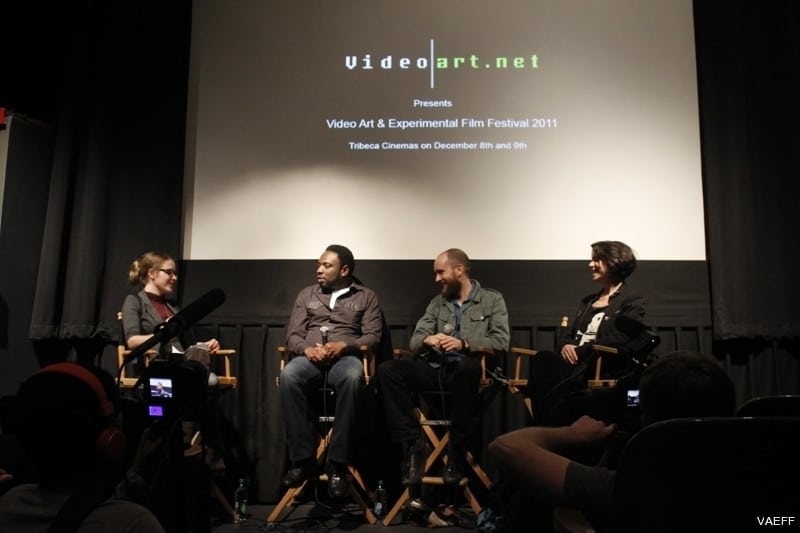
VAEFF 2013
It was on a stormy night day in February 2013. Author Mark Alpert Joined the VAEFF Team as the festival discussions moderator. One of the panelists this year was David Ross the former director of the Whitney and Moma, could not physically arrive. However, he joined the discussion via Skype. Back in the 1970s, he said, the visual arts community was hoping that videos would “help transform the art museum to a different institution. Here I am sitting in my kitchen in Beacon, New York, because of the snowstorm and talking with you and the panel and the audience in real time. This is a fantasy we did not even dare have in 1970.”Alanna Heiss the founder of Ps1 Moma reflected on the early days of video art and telling funny stories about Nam June Paik which she and Ross knew very well in person.
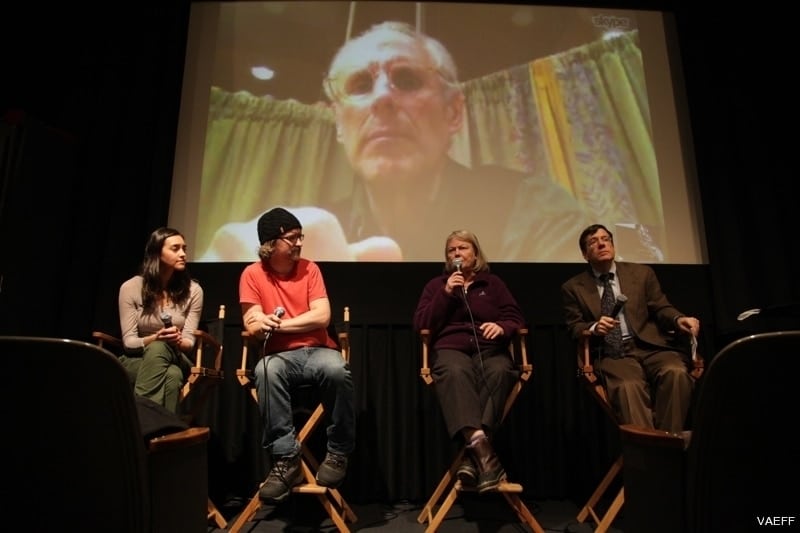
That evening was a rare opportunity to learn about the early days. But It also became increasingly clear that contemporary video art has moved beyond the early days of the ’70 and mid-’90s. VAEFF curation team have constantly re-examined the definition of contemporary video art in order to reflect the dramatic changes as a result of the digital and online video sharing revolutions. As much as the definition of the phone has changed in the last 20 years, so as video art. Besides the name, both changed beyond recognition. In fact, nowadays more people would see video art on their phone than in a gallery or a museum. Cinemas and museums did not go away, but the affordability and accessibility of technology-enabled artists today to push not only the limits of their imagination but also the freedom to publish the work online and reach out directly to their audience says VAEFF founder and director Dan Fine.
VAEFF 2014
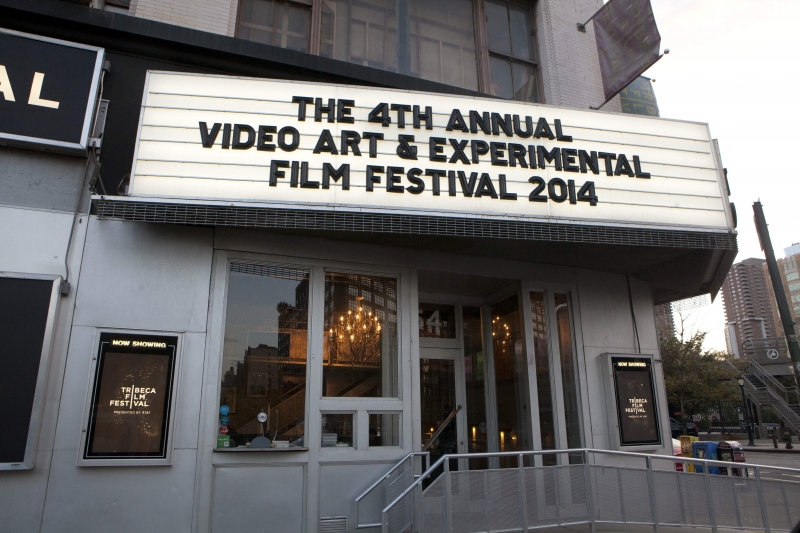
Over three nights in early October 2014, as the New York fall seemed to be taking its grip on the city, filmmakers, artists, and film enthusiasts huddled outside Tribeca Cinemas and engaged in animated exchanges and heated discussions – excitedly picking apart the films of this year’s Video Art and Experimental Film Festival. Now at its fourth year, Following a record number of submissions, it became increasingly clear that the term contemporary video art must include a wider spectrum of work than previously thought.
As a result, the 2014 programs comprised an eclectic selection of work ranging from Fashion Film, Music Video, visual narrative, to more ‘traditional’ experimental pieces. Through pulling films intended largely to be viewed online and placing them into the theater, the program worked as a bridge between the ever-presence of the online and the immediacy of the festival experience. The setting of the festival allowed certain unexpected trends to percolate; as the pop-cultural inflections of films such as Eva Michon’s sugar-sweet Lollipop – a two and a half minute piece oozing with youthful, carefree vitality – established a dialogue with films operating on more recognizably ‘cinematic’ terms, such as Ruth Hogben’s Beyond The Glass with uses Hitchcockian references in order to create a palpable sense of unease which in turn allows the imagery to question how cinema creates and perpetuates a certain understanding of beauty.
VAEFF 2014 dubbed ‘Beauty, Sex, Shame’ program. Beginning with Rino Stefano Tagliafierro’s BEAUTY – an elegiac reimagining of classic paintings which delights in the effervescence of beauty, luring us in with its promises before revealing its inherent ephemerality and inevitable decay – the program examined the seductive nature of images, throwing light on the perpetually fraught relationship between sex and death.
As a common thread throughout the program was a kind of filmmaking which utilizes cinematic and art historical references with unabashed candor, repurposing familiar footage and well-worn tropes to create refreshingly current work. With its knowing nods to the cinema of the French New Wave, Canada’s wonderfully tongue-in-cheek film, Crème Caramel, creates a highly stylized visual language allowing it to reference classic cinema, while simultaneously reconfiguring the often narrow view of sexuality and femininity which exists in these films. It was in this deviance that the program indulged, refusing to adhere to convention and instead presenting films such as Marie Schuller’s dark fantasy-laden Visiting Hour, which, initially commissioned for groundbreaking online fashion film platform SHOWstudio, redefine our understanding of fashion image, as the movement breathes new life into clothing, allowing it to tell a story replete with the kind of tactility afforded by the moving image.
Completing the program, St. John McKay’s astonishingly candid Shame and Toby Dye’s music video for Massive Attack’s Paradise Circus, arguably two of the festival’s most provocative films, dealt with the often imperceivable line between desire and shame. Operating on the terms of a confessional piece, Following the screenings, McKay spoke with moderator Mark Alpert about his hopes that his film can perhaps relieve some of the stigma surrounding addiction and lead to more understanding for human fallibility.
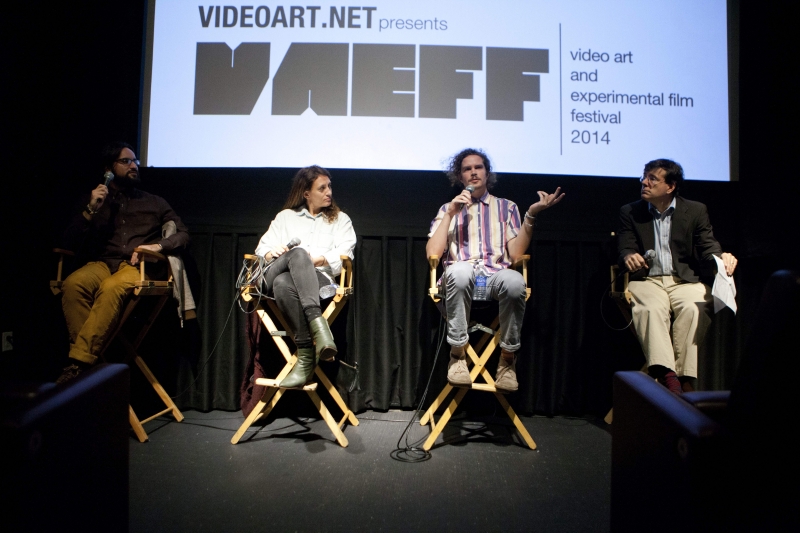
The question of the viewing experience also came to the fore during the panel discussion moderated by Mark Alpert, which concluded the 2014 festival. Vimeo curator and film festival programmer Jeffrey Bowers stressed the important distinction between showing experimental short films online instead of showcasing them in theaters at film festivals. “A lot of these films are pretty subtle until the end. In the theater you’re more likely to give something the benefit of the doubt, whereas online there’s a lot of flipping around.” While Bowers highlighted the role which film festivals continue to play in championing the work of filmmakers which would otherwise fail to reach the right audience, fellow Vimeo curator and Short of the Week co-founder Jason Sondhi, producer and film agent Ziggy Levin completed this year’s panel, admitted to harboring little romance for the big screen.
VAEFF 2015
A year later On November 2015, the iconic Tribeca Cinemas was shut down, and the Video Art and Experimental Film Festival celebrated its fifth anniversary, at its new home at Tribeca Film Center in NYC.
One of the highlights of 2015 “Beauty, Sex, and Shame” Program was a special selection of five fashion films by Marie Schuller, which touch on the crossroads of cinema and photography, the representation/ underrepresentation of the female body, and the subtle relationship between the body and clothing.
Continuing in the theme of “fashion film”, Nick Knight’s “Sans Couture” opens up the conversation between, not only photography and video art but the fashion world and classical painting. “Sans Couture” references back to Karl Lagerfeld’s Chanel haute couture A/W 14 show, in which Karl embraces the idea of seamlessness and also hints at deconstruction; clothes have stitches ripped out and are wrapped and bound rather than cut and sewn. However, in Nick Knight’s reinterpretation, the idea of deconstruction converges with still photographic moments and even abstract paintings, all while engaging with a more experimental sensibility. Knight’s creative process of deconstruction marginalizes distinctions between genealogies into background references. The title “Sans Couture”, which suggests the absence of fashion, casts an ironic light on the presentation of the work itself.
Vaeff 2015 “Beauty, Sex, and Shame” program also featured music videos, with David Bertram’s “Data Don’t Sing” and David LaChapelle’s “Evening in Space”. Though both are surreal and aesthetically striking, Bertram’s “Data Don’t Sing” is set in a more conventional American suburb while LaChapelle takes the audience into outer space through the eyes of icon Daphne Guinness. Bertram’s American suburb contains five people who come to terms with their deepest and darkest sexual and violent desires. In “Evening in Space”, a beautifully-clad Daphne makes love with a purple alien. Both futuristic and rooted in contemporary fashion, this video is a “feast for the eyes” (Farouki).
Fantasy and reality come to a head in Wong Ping’s “Emo Nose” and Cyriak’s “malfunction”. A man with an “emo” nose contemplates what it truly means to be alone when his nose detaches from his body. Ping thrusts us in a world of unusual shapes and bright, contrasting colors, but we ultimately align and feel for his main characters. Cyriak’s “malfunction” places us is a suburban kitchen we have seen before, but then distorts everything we know when a large, strange creature emerges from the sink.
This year’s “Beauty, Sex, and Shame” program concluded with a Q&A session moderated by Mark Alpert that featured artists Andrea Sisson of “TV Time” and Marie Kristiansen who directed “MOO”. Marie Kristiansen spoke about “MOO” and her desire to stray away from conventional forms of beauty by picking an older cast who peels off their skin to reveal their younger selves. Andrea Sisson talked about her own foray into the fashion film world through “TV Time” and where she sees her work heading.
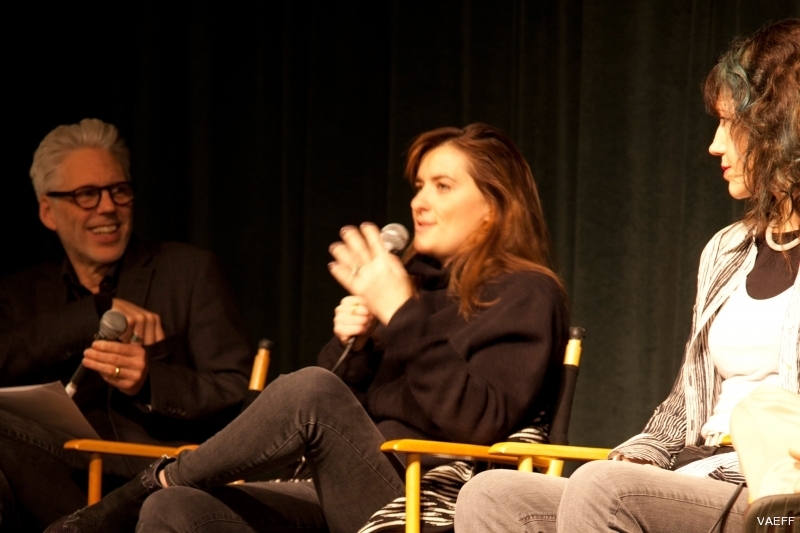
On the last night of the 2015 festival, a very unique program ended with a panel discussion featuring Artist Marie Kristiansen “MOO”, SVA Profesor Lyle Rexer and Arist Carla Gannis “The Garden of Emoji Delights“.
VAEFF 2016
Perhaps one of the most memorable examples of the festival’s was VAEFF 2016. A day after one of the wackiest Presidential elections in US history, came a new and reformed sixth annual Video Art & Experimental Film Festival featuring the most provocative and mind-expanding international work that was made within the past three years. In keeping with VAEFF’s tradition, this 2016 festival marked a fantastic celebration of sexual and mindful openness, discussions on breaking genres within art and commercial film, as well as a performance art piece directed by VAEFF, which illuminated the cultural significance of a pivotal moment in art history.
The festival opened at the Tribeca Film Center on November 10th, kicking off with a tasteful teaser of what the next couple of nights had to offer. These films featured an eclectic combination of films seen within the screenings showing the following night, as well as a tasteful foreshadowing of what Saturday evening had to offer.
The second night of the festival introduced audiences to two stimulating programs that included screenings and Q&A’s from participating artists at Tribeca Film Center. Beginning with the new series “Temporal Spaces”, the evening commenced with films that toyed and expanded with two of the most essential components of a film: time and space. Films such as ‘upCycles’ by Ariana Gerstein explored the notion of ‘time,’ through repetition, nature, and the art-making process of recycling and revising by exploring landscapes within differing film formats. Whereas ‘At Home (with Marisol & Sam)’ by Nic Koller demonstrated a widening perspective on the concept of space and “home” through a cubist collage of shots on multiple iPhones, as a way to explore modern relationships through a cracked digital lens.
A panel discussion followed the screening, where artists from the program were invited up to the stage to discuss their works. Matthew and Erika from the colorful ‘Fiber Affair’ discussed their product design background and the source of their deadpan expressions, whereas Andres Passoni explained how capturing sound is sometimes more important than the image in order to create a space or a feeling within the film.
Next up was VAEFF’s staple program, “Beauty, Sex and Shame” that featured works examining the relationship between beauty, sexual representation as expressed through art, fashion and music videos in order to understand identity, expectation and personal truth. Some notable films were ‘On Time ////“ by Melanie Jame Wolf that utilized her own experience of working as a stripper for eight years to invite audiences to actively and critically reflect upon their own position on performative intimacy, dancing for work and the gendered economies of desire. Another provocative piece shown was ‘The Act is done’ by Bonnie Lane, which portrayed video documents a postcoital interaction that occurs between the artist and an unidentified male character within her studio, Opening with a running timecode that reads 00:21:09, the video indicates that there were 20 minutes of preceding footage the audience has not seen. What is shown is the aftermath of an implied sexual event between two characters…
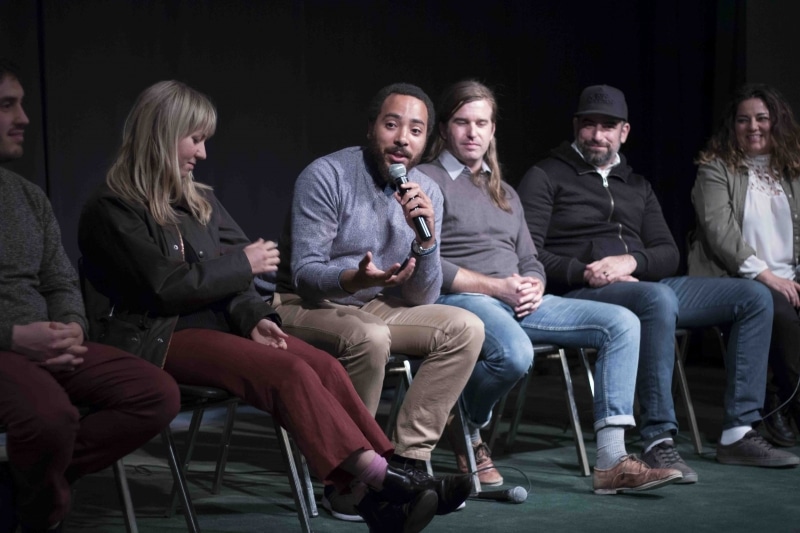
The creative energy from these nights morphed into a jubilant and inspiring evening during the closing night of the festival at the gorgeous, châteauesque DCTV. During a stimulating panel discussion with participating artists, actors in Victorian clothing burst into the room beckoning audience members to move into the room they came from to participate in a live nude peepshow. This caught some audience members by surprise, causing them to duck under their chairs as the actors quarreled over an old 19th-century camera. Fortunately, the shock quickly turned into giggles as spectators curiously moved into the other room.
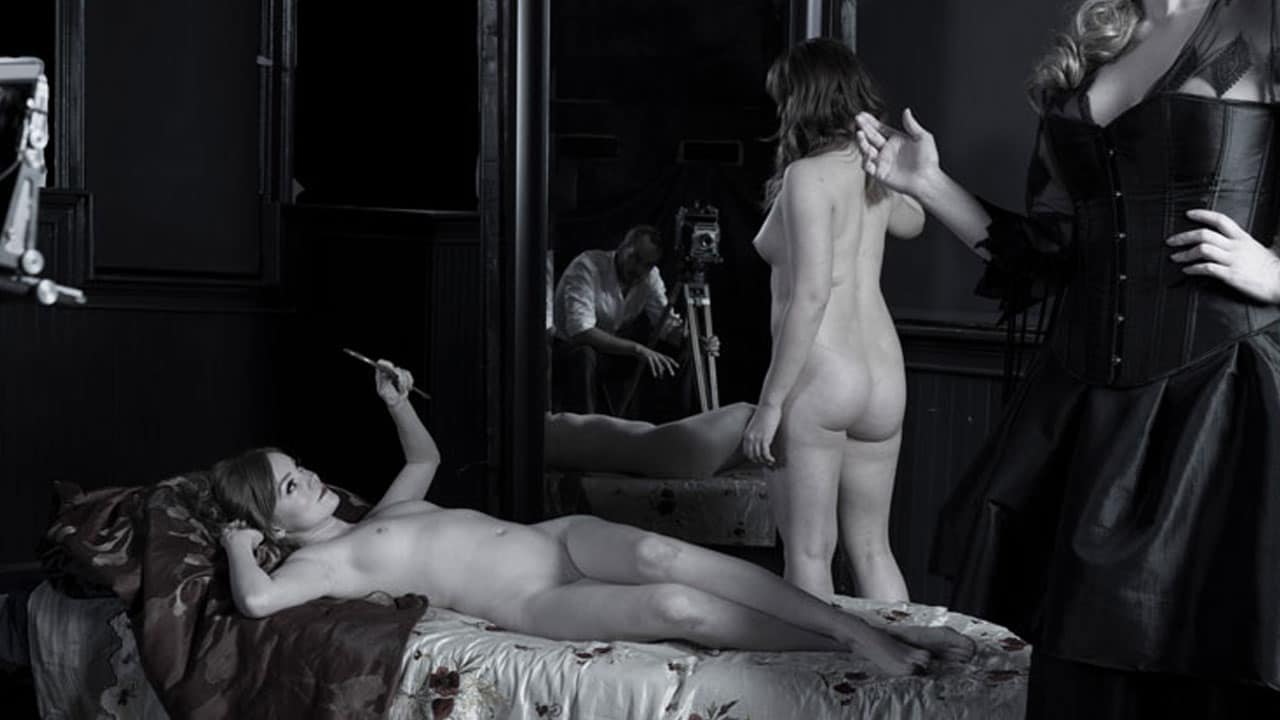
Thus the gala party had begun, people drank from an open bar and ate like kings while having the option to witness a recreation of a 1850s Parisian brothel that imitated famous photographs taken by Louis Camile D’Oliver. The piece, ‘The Olympia Installation,’ is a VAEFF original experimental theater piece that commemorated the festival’s renowned Beauty, Sex and Shame program and the conclusion of the sixth annual showcase. The Olympia Installation was well received among participants, as it artfully cemented the celebration and mission of the festival through revising a distinct moment in art history where new perspectives on sex, taboo and feminine beauty revolutionized the perception of art and fashion up until today.
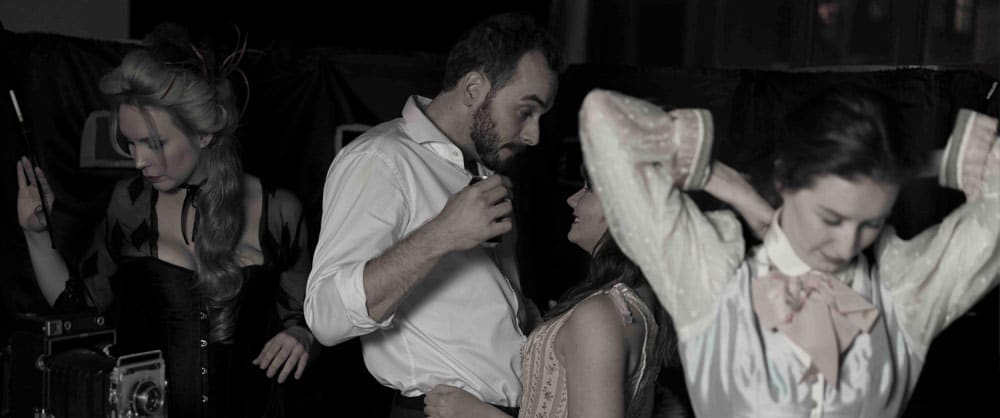
VAEFF 2017
In 2017 Niccolo Montanari one of the Fashion Film’s most prominent curators and the co-founder of Berlin film festival joined VAEFF as a guest curator for special selections programs of leading Fashion film and Music video. That year he curated a fantastic program titled “Fashion Film – The New Wave,” an overview of outstanding fashion films from the last five years, Filmmakers include: RGB by Daveion Thompson’s, BELLO by Monica Menez , FASHION FILM by Matthew Frost, Jumper by Justin Anderson, Paris Go Zones – i-D Magazine by Cyprien Clément-Delmas and more.
VAEFF 2017 also continued its popular program, “Beauty, Sex and Shame,” which examines the interplay of beauty, sexual representation, and shame as expressed through art, fashion, and music videos. The works span from sexually provocative rebellion in the new digital age to intimate personal encounters with political, patriarchal, and religious dogmas. These series included A GUIDE TO INDULGENCE By Nadia Lee Cohen, Rushing Like a Banshee | The Residents by John Sanborn, Degrees of Doneness by James Lees, Honey Pie by Drea Cooper & Zack Canepari, Lend me another name by Alan Masferrer and Four Play by Sarah Kershaw and more.
Another highlight of VAEFF 2017 was the new program, “On The Margins,” which screened an eclectic collection of works, all with the common thread of existing on the margins of society, space, and the human spirit. These series included VAKUUM by Maria Burns, #WeBelieveInThePowerOfLove
BY Luca Finotti, The Was BY Soda_Jerk, Mexico City Punks BY John Merizalde, The Performance BY Miao Hao, Home Alone BY Adi Halfin, KOKOKO!: Tokoliana BY Markus Hofko, and more.
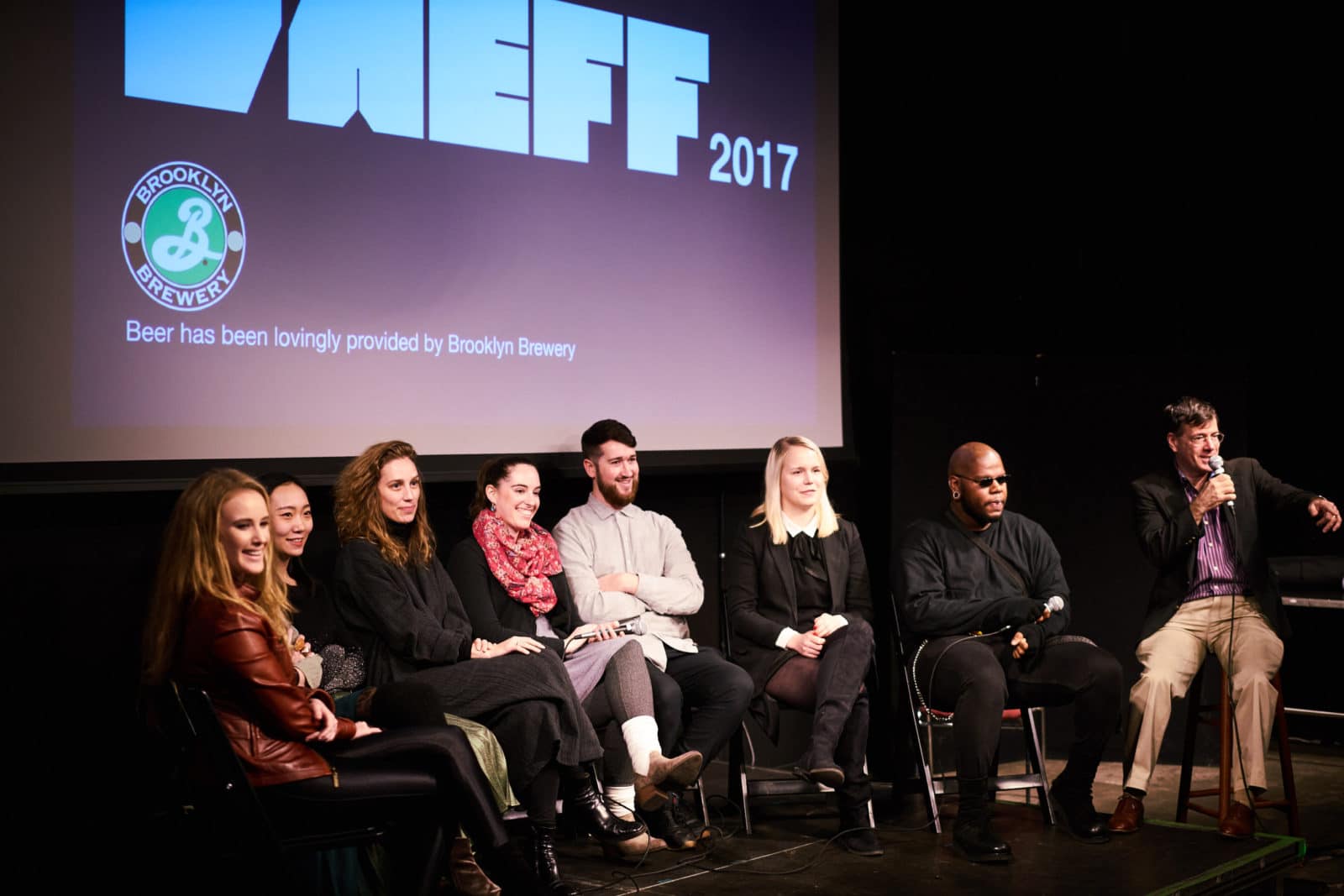
VAEFF 2018
November 1, 2018 – VAEFF 2018 kicked off with a collaborative outdoor screening that previewed five films from the 2018 program on a large white wall in the heart of Dumbo.
This outdoor viewing experience was made possible thanks to the collaboration between N VAEFF (Videoand STTW (Straight Through the Wall), a grass-roots arts collective based out of Brooklyn.
As people approached 54 Jay Street, they first noticed loud music. Walkers & bicyclists stopped in the middle of the street to watch as others took out their smartphones to document the scene: the VAEFF STTW video program glowing, over two stories tall, on a nearby wall. Equipped with a generator, projector, and amplifier, STTW brought the full experience of these art, dance & fashion films directly to this Dumbo city wall. Crowds gathered for this energetic & connective screening of films by Roman Reyes, Ramon Rodriguez, Redha Medjellekh, Tamara Hansen & Sarah Elgart.

A week later VAEFF officially opened on November 8th featuring four curated programs: Beauty, Sex, and Shame, examining the interplay of beauty, sexual representation, and shame as expressed through art, fashion, and music videos; These series included
Breaking Rules BY Victor Claramunt, Lullaby BY Elias Hinojosa, Rone “Wave” BY Greg Barth, Unfettered BY Tamara Hansen
Between Fashion and Music, a guest-curated fashion and music program by Niccolo Montonari. These series included” Am I Paris by Redha Medjellekh, SOUL LAND by Meeto, THE AYES HAVE IT – Motion Poems by Savanah Leaf, CHANEL : i-D The Fifth Sense – JellyWolf by Alma Har’el, SGUALDRINA – ft. Pamela Anderson by Nadia Lee Cohen, GODDESS OF SPRING by Patricia Gloum and more.
On the Margins, focusing on those who do not fit into society’s norms; These series included: Night by Odin Wadleigh, Tomboy by Roman Reyes, 33 Years by Nic Koller & Julian Klepper, Soul in my Body by Claudia Bitran and more. and Color, Movement, & Space, highlighting aesthetically innovative works that push the sensory boundaries for expression through film; These series included The Noise of Light by Valentin Petit, Rouse by Ramon Rodriguez
VAEFF 2019
VAEFF 2019 will have been held November 7-9 at the Tribeca Film Center in Downtown Manhattan
Running for its ninth year at the iconic Tribeca Film Center in NYC, the Video Art & Experimental Film Festival showcases to New York audiences some of the most exciting, innovative, and provocative works of film and video from around the world. The festival embraces a boundary-pushing spectrum of work that includes animation, music video, fashion film, documentary, visual narrative, and more.
Screenings are followed by lively Q&As moderated by writer, curator, and critic Lyle Rexer, where artists are invited onto the stage to discuss their work and answer audience questions. The three-day festival culminates with a final celebratory night at the landmark DCTV firehouse building in Downtown Manhattan, where artists and the general public can mingle and enjoy hors d’oeuvres with an open bar.
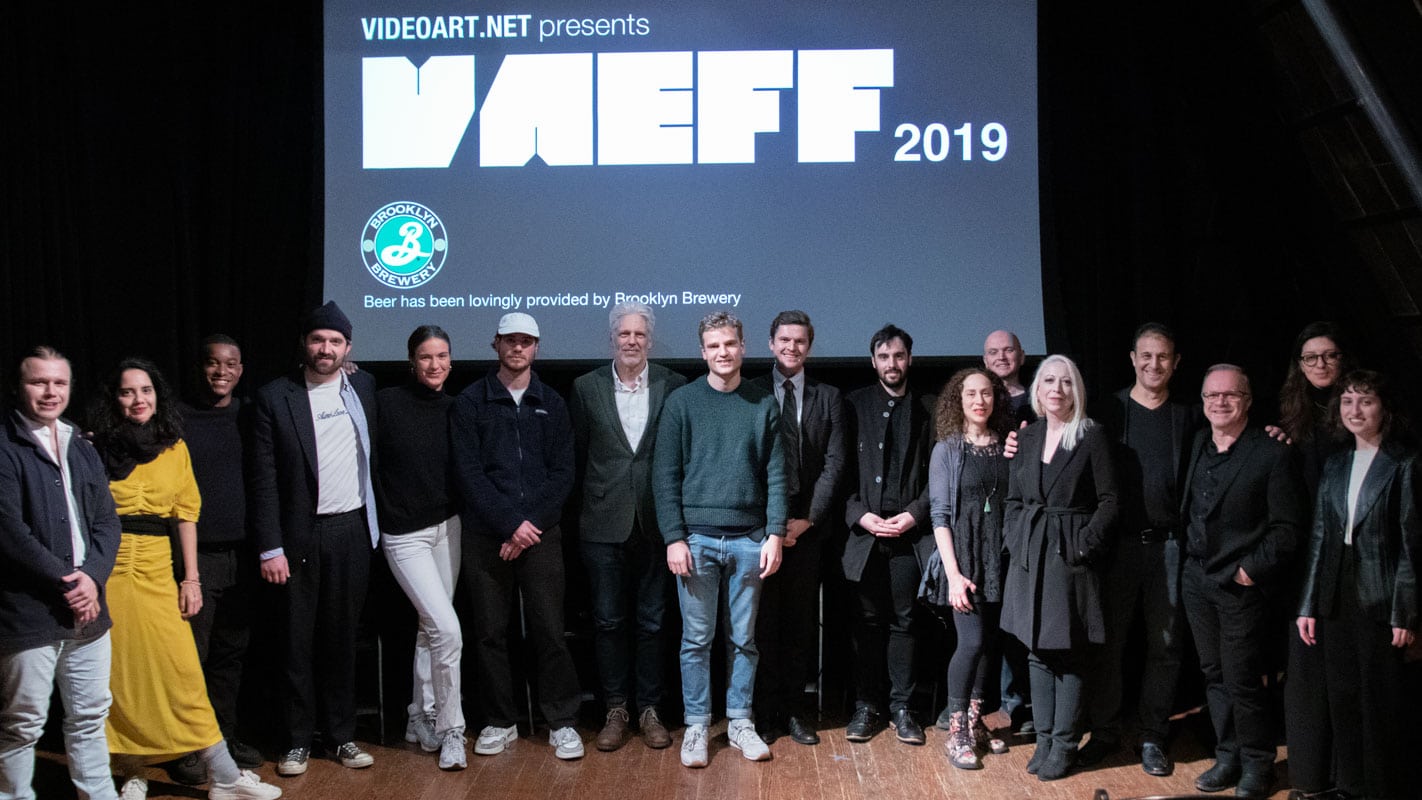
Browse through trailers, selected works, and photo galleries of past festivals


